Good morning, class,
Whenever I think of American authors from the early 20th Century, three come to mind: F. Scott Fitzgerald, Ernest Hemingway, and William Faulkner (there are more, but it takes a few more seconds for them to kick in—I wasn’t there, you see). I have my preferences among the three of them, but in my mind, the three are equals.
Well, the constructors of the 50-books list did not consult me before choosing books. Fitzgerald’s widely-known The Great Gatsby and Hemingway’s lesser-known Men Without Women feature prominently on the list, but Faulkner doesn’t appear at all. Today, I will be remedying that oversight.
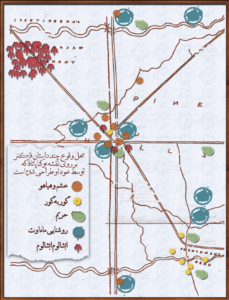
Yoknapatawpha County, Faulkner’s fictional Southern landscape
As I Lay Dying is the kind of novel that needs to be studied with a guide waiting nearby. It’s also the kind of novel that needs to be read at least twice to be fully appreciated. (Maybe there is a good reason it didn’t make the list.) Even so, it’s one of the most groundbreaking novels I’ve ever read.
The story is about the Bundren family honoring their deceased mother’s wishes: to be buried in a distant town. Being a poor Southern family in the 1920s, accomplishing the task is difficult. The journey takes many days, and the family survives many perilous events—a dangerous river crossing, a barn burning, violence between each other—until it becomes less and less meaningful to bury the body at all. By the end, secrets are revealed, siblings betray each other, and any semblance of happiness seems more distant than ever.
But the way it’s told is the novel’s genius: each chapter specifies a different character as the narrator, and they each tell the story in a different way. Darl, the second oldest sibling, has the most chapters and seems to be the best storyteller, with his own biases. Cash, the oldest, has a practical and structured mind, and tells his chapters plainly—one chapter of his is a list explaining how he made his mother’s coffin. Vardaman, the youngest, uses short, choppy sentences and leaves out key things he can’t understand. The rest of the family and several other characters get their own chapters, too, throwing out any stability we can have in the facts.
Even Addie, the mother, gets her own chapter—after her death. She reveals which of her children is not her husband’s, and expresses her struggles with marriage and motherhood. It’s her ideas about language that tell us WHY the novel is so complicated: “That was when I learned that words are no good; that words don’t ever fit even what they are trying to say at…He had a word, too. Love, he called it. But I had been used to words for a long time. I knew that that word was like the others: just a shape to fill a lack” (Faulkner).
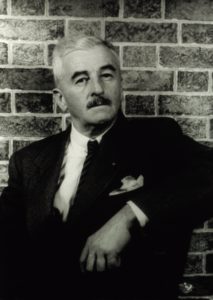
William Faulkner, author
For me, this novel defines the unreliable narrator. Everyone is looking at the same events and recounting a different story. Addie’s words are the least reliable of all—she’s either out of the order of events, coming back from the past to tell her story, or she’s aware of the struggles of life only from within her own rotting body, closed off from life by the coffin her son built. Even then, she is the key to understanding the problem in their family: they can’t communicate. They are all trapped in their silent thoughts and failing words.
Many of the novels I’ve read from the 50-books list have similarly unreliable narrators—The Canterbury Tales, The Color Purple, and The Catcher in the Rye, to name a few. It’s one of the best concepts in literature, to know that the person telling you the story can’t be trusted. It tips the hierarchy…if even the person telling the story can’t be trusted, what can we rely on? If there’s no stability in the story, it begs questions about every detail. Those questions get closer to the truth than statements ever do.
As I Lay Dying does this really well. Maybe too well…and that’s why it didn’t make the list.
As usual, tell me what you think—what novels should be added to the list? What book should every person read before they die? Come, broaden our horizons. What else is class for?
Until next time,
Prof. Jeffrey
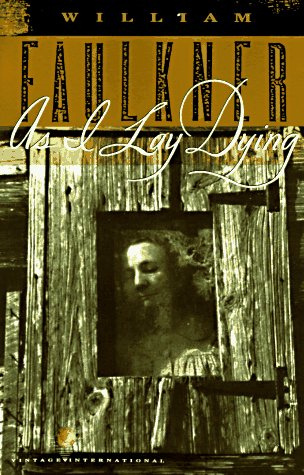
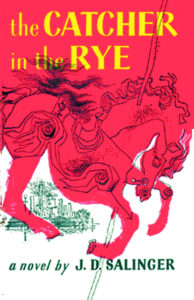
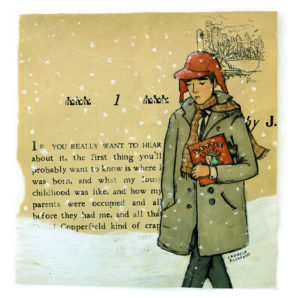
Recent Comments